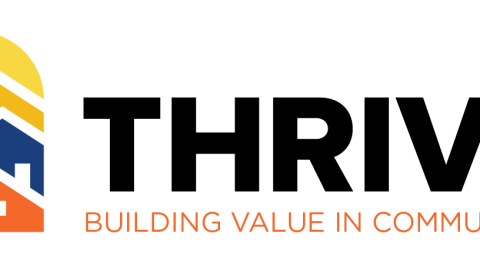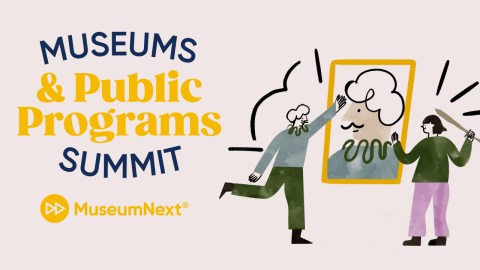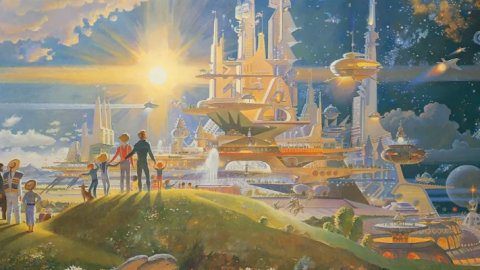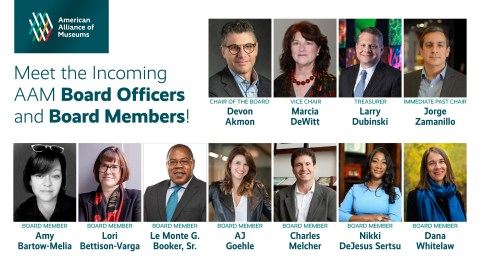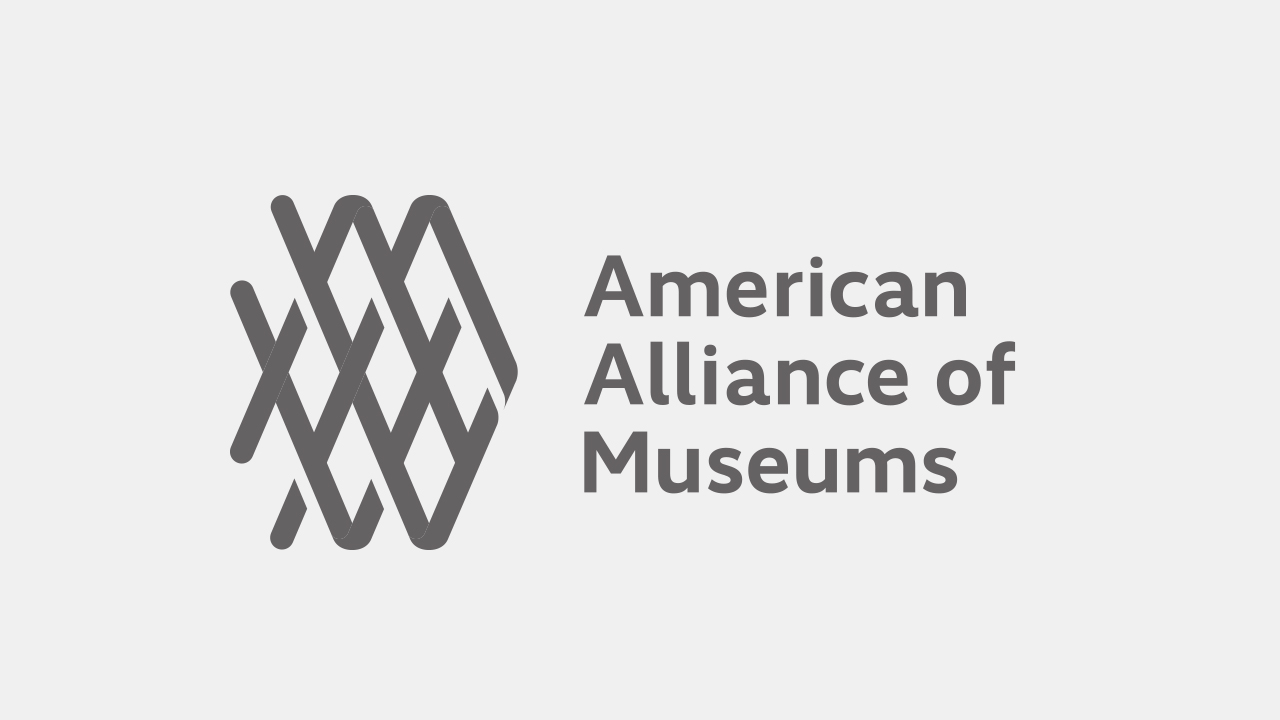
I’ve been on a deep dive into the world of optimism lately, looking for inspiration I might share to bolster our collective mental resilience in the face of massive disruptions. As I suspected, research shows that cultivating optimism isn’t just a feel-good exercise, it’s a practical tool, a prerequisite for making change. Negative thinking, however grounded in reality, has a tendency to drive us further into the dark. As futurist Fred Polak observed in 1973, “The central feature of successful civilizations of the past was that they were guided by a common positive image of their future.” But where can we find realistic inspiration for that positive image? Today I’m sharing a few of the entries into my slowly growing folder of “signals of hope.” These two podcast episodes, and the video, gave me joy and lent me strength.
Blueprints for Utopia
First up, from one of my favorite podcasts, Imaginary Worlds, the recent episode Blueprints for Utopias. (It makes great listening, but if you prefer to read, find the transcript here.) The focus is on architects as a community of artists envisioning better futures and bright possibilities, and opens with snippets of a talk architect Jes Deaver gave at South by Southwest. In Brave New City: Design through the Lens of Science Fiction, Jes made the case for architects and city planners embracing sci-fi as a way to boost people’s ability to visualize good outcomes. By giving us permission to throw the rules out of the window, she argues, sci-fi lets us leap over some obstacles that in current or historical fiction might seem insurmountable. This episode made me think of some of my favorite futures-oriented museum exhibits, such as when MoMA and PS1 held an architects-in-residence program to envision the New York City waterfront in the face of rising sea levels, or when the DoSeum invited kids to design what San Antonio might look like in 500 years
The Tree Branch of Government
Next up, an Earth Day episode of The Last Archive podcast envisioning Representation for the Natural World. This episode models the foresight tool of “backcasting” (aka remembering the future) by recounting the history of how we arrived at a present in which non-human nature (both animals and geographic features such as mountains, lakes and rivers) have legal rights.
This history begins with a seminal event in 1972, when Americans ratified an Environmental Rights Amendment. This counterfactual is grounded in fact—a similar amendment was proposed by Senator Gaylord Nelson (D-Wisconsin), and supported by (Republican) President Nixon in his State of the Union address in 1970. The story of how we came plausibly close to this future (touching on Rachel Carson, the Sierra Club, Dr. Seuss, the seminal book “Should Trees Have Standing?” and Justice William O. Douglas) and what went wrong (spoiler alert: the Walt Disney Company and a majority decision of the Supreme Court) makes for fascinating listening.
The episode concludes by exploring what the world would be like if that pivotal moment tipped the other way. In this version of the present, the US has created a fourth branch of government—the Tree Branch—with representation relative to the number of trees in a given state as established by the annual “counting of the trees.” Now this scenario has flaws (privileging the voice of forests over deserts, shorelines or rivers, for example) but it paints a plausible picture of how the Rights of Nature movement, which is making only incremental progress across the globe, could have gone mainstream fifty years ago. Counterfactual histories like this can make us pay closer attention to opportunities in the present. What leaps forward might we make, with only a little more effort? Where can we best apply the leverage of our imagination and activism, to move the world in a better direction?
The Moral Obligation to be Optimists
Finally, I’ll recommend this 10 minute video by Kevin Kelly “The Future will be Shaped by Optimists.” At a time when anything like utopia may seem utterly out of reach, Kelly advocates for pro-topias instead: futures that are not perfect, but a little bit better than the present. Just enough better to give us more reasons to hope than to fear. These small changes for the better yield, over time, what Kelly calls the compound interest of incremental improvement. “We should be optimistic not because we believe that our problems are smaller than we thought,” he says. “We should be optimistic because we believe that our capacity to solve problems is greater than we thought….and gigantic problems require gigantic optimism.” Kelly ends with the argument that we have a moral obligation to be optimists, in order to be good ancestors to future generations. I am inclined to agree.
Yours in solidarity and hope,

Elizabeth Merritt
VP Strategic Foresight and Founding Director, Center for the Future of Museums
American Alliance of Museums

